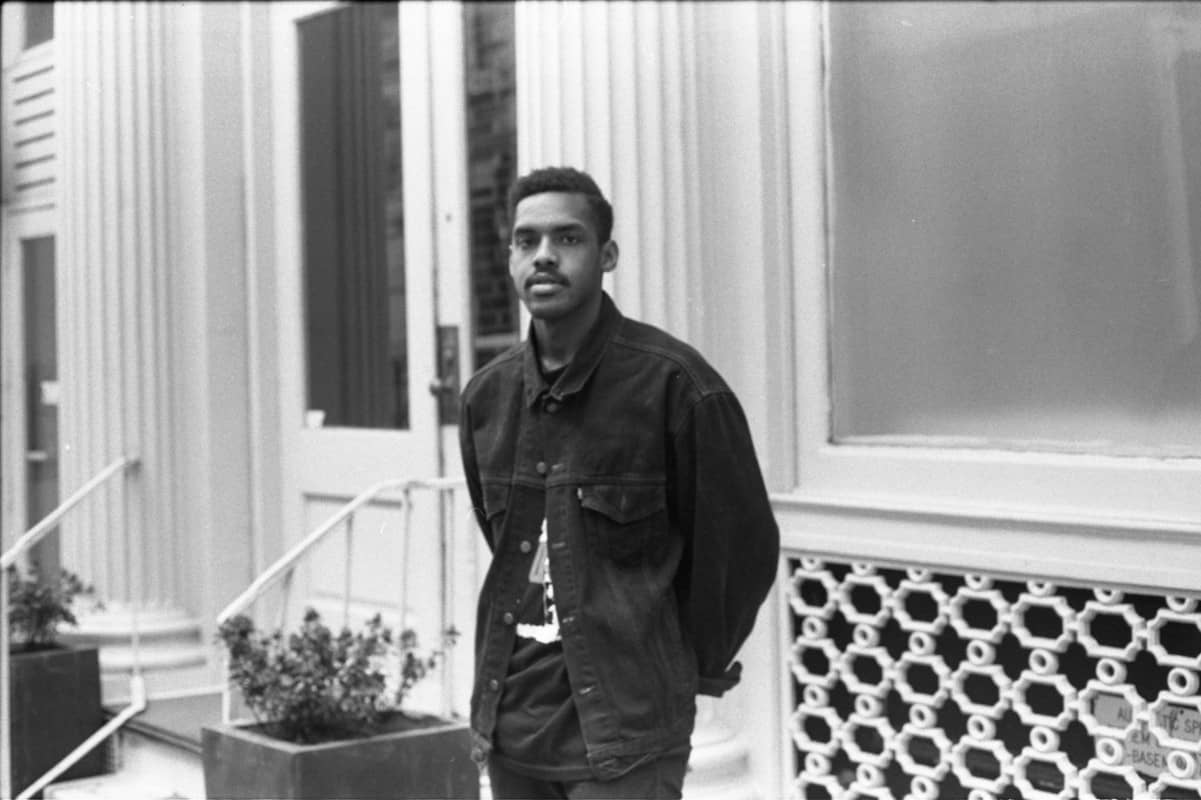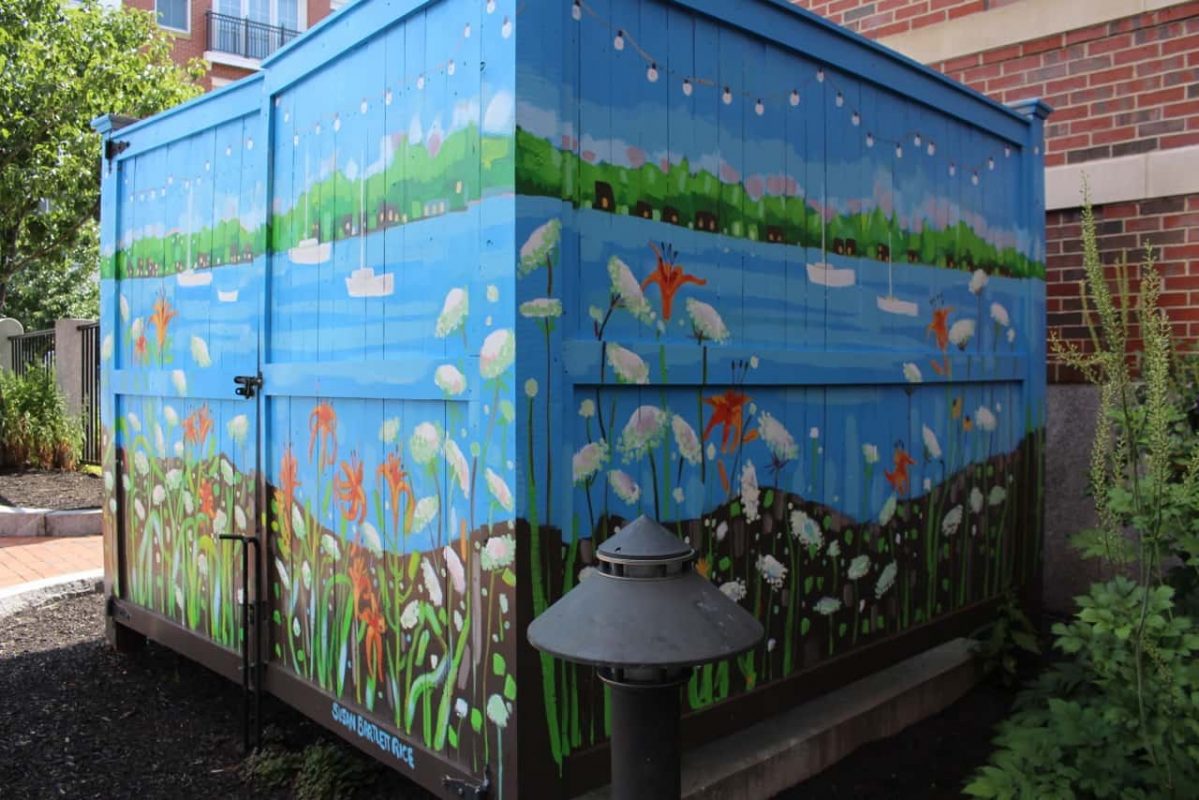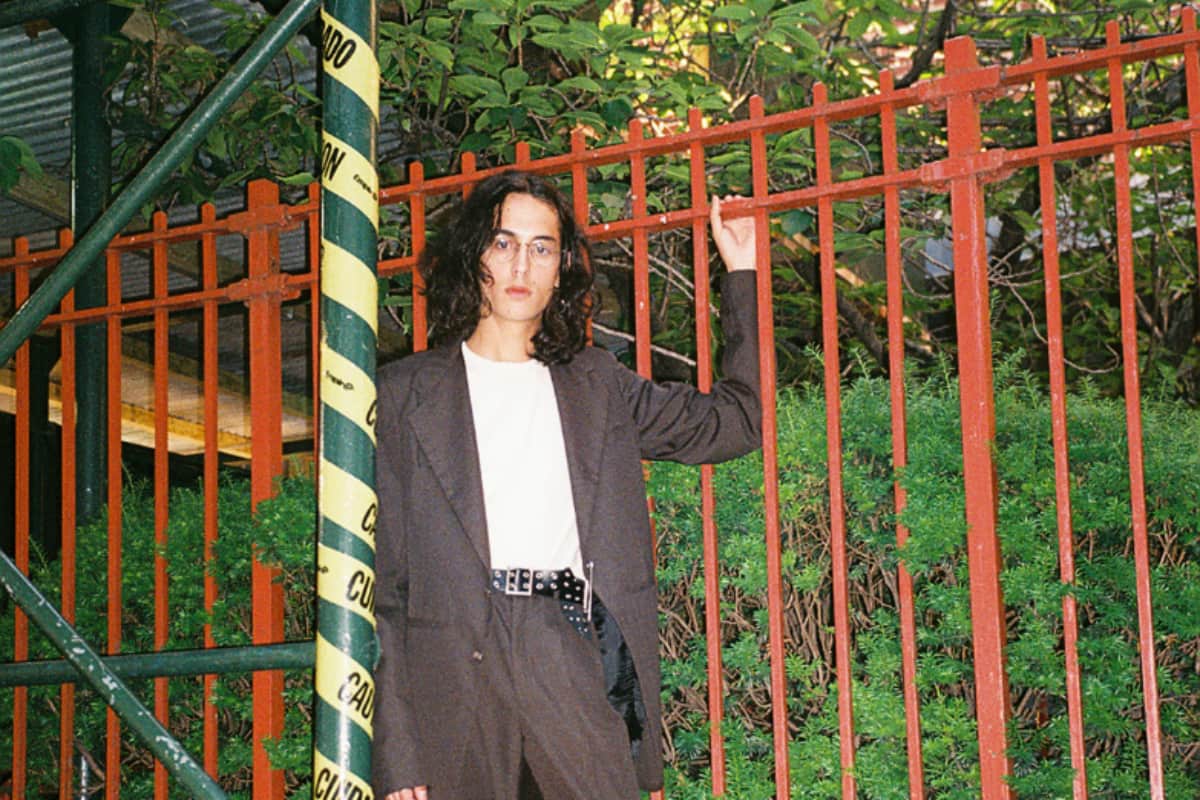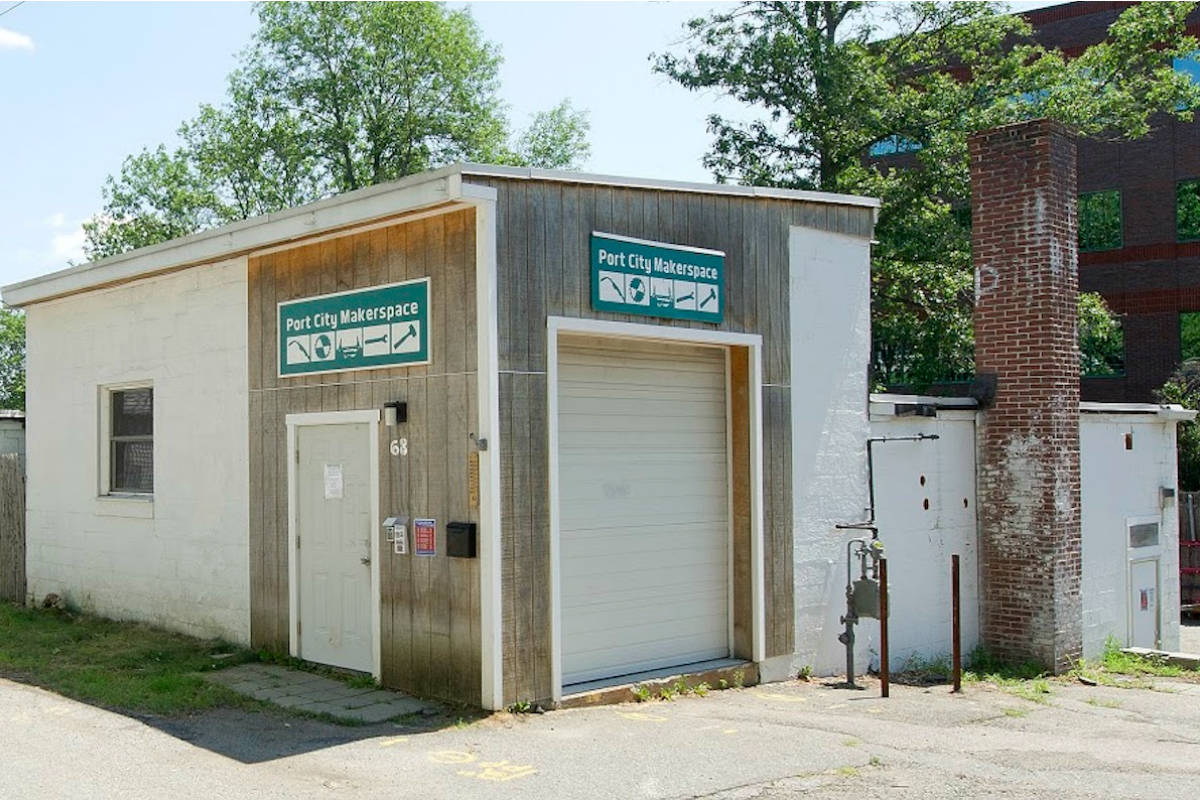A chat with Joshua Jenkins, one of the creatives behind Hartford menswear label demuerte, which was featured in Take’s print issue.
Joshua Jenkins is one of the creatives behind Hartford menswear label demuerte, which was featured in Take’s October/November 2017 issue. Here’s a bit more about Jenkins and how he got started that we didn’t have room for in print.
Take: How did demuerte begin?
Joshua Jenkins: The brand was conceived in 2014. A friend of mine from college, Kevin, approached me with the idea of starting a brand at a time when I felt creatively starved. I always had creative tendencies but never had a focus. I took the opportunity with his encouragement to look further into attention to detail as well as conceptualizing things a little bit bigger than at first glance. From there we recruited a small team. One of the first people we brought on board was Ky Spence, now one of our managing partners and production director. He had very basic skills with sewing and showed me the ropes. We taught each other and sourced people from our community that had more experience with cut-and-sew and garment production. We launched our first production in fall of 2015.

Photo Courtesy of demuerte
T:Where did the name demuerte come from?
JJ: When you take the translation, it’s “of death.” Death is generally something that comes with negative connotations, but it’s also something that everyone will experience. The idea of mortality connects us and makes us all human. Ultimately, choosing it as the name of the brand calls on the wearer to seek a deeper interpretation rather than the initial negative response they get from it.
T: What is the brand’s role in streetwear? What drives the aesthetic of demuerte?
JJ: Streetwear hasn’t really been our immediate goal on a design level. It’s something that more naturally has been identified with our work just by how easy it is to relate with what people wear on a daily basis. In a lot of ways we would like to be identified on more of a menswear level. Initially when we started, a couple of the first samples I did for the conception of “de” was taking button-ups and reconstructing the collars and adding denim accents to them. Originally we asked ourselves, “How can menswear tie in with streetwear?” and “How can menswear be an everyday thing instead of something that’s just considered business casual or for special occasions?” We wanted to offer something you can comfortably wear and still have some sort of identity with how you decide to style it.
The concept of streetwear is very interesting to me. The market is very competitive but there isn’t a large amount that separates one garment from the next. In that way there’s not a lot of risk in streetwear. We’re trying to tackle that in how we integrate certain themes into our silhouettes or proportion in details, whether collars or pockets. By applying that to a black and white canvas is helpful in terms of identifying the different features of a garment as opposed to those elements being overshadowed by very loud or vibrant color ways. But it’s not to say that we don’t have interest in that in the future… we just have a lot more we want to present on a design level, for now.

Photo Courtesy of demuerte

Photo Courtesy of demuerte
T: Is the DIY fashion movement part of your design concept?
JJ: Definitely. I feel like I’m a student in this industry and I would say the same of our co-designer, Ky. Lately, I realized I’d like to make clothes that attract an audience who can make their own distinctions about style, who can ask themselves, “What is this supposed to mean?”—in terms of what our garments represent and how that translates to the world around them. The DIY aspect applies to how these everyday garments can be worn and how they can fit and how that can reflect the identity of the person who’s wearing them.
T: Who are your customers?
JJ: The range is limitless. One of my favorite clients is a gentleman named Thomas Foran. He’s a Hartford native with a youthful spirit and he has a very monochrome aesthetic, strictly black, and our work attracts him greatly. More recently I’ve been approached by a younger generation within the Hartford art scene that conveyed their interest and appreciation of what we’re trying to do. It’s great to have a combination of the styles within these generations, to see these worlds collide but still make sense with one another, just like streetwear and menswear. At this point I can’t see myself narrowing the demographic of who de belongs to because, getting back to the origins of where we started this, we are all so connected by the things that make us human.
We’ve always tried to make concepts that could be androgynous. We used to get a lot of inquiries like, “When are you going to make a women’s line?” and my response is always, “Well, you’re looking at it.” Depending on what look you’re going for, I’m sure you could find a way to style our garments to make them work for you as an individual.

Photo Courtesy of demuerte
T: How do you see demuerte evolving?
JJ: We would like to continue reaching a large audience with our concepts. I always hope that anyone who’s taking interest in our design is someone who reflects on, “How does this concept apply to me?” In that way, I imagine developing close relationships with stockists who have regard for that question. We also plan on extending our reach on an international level as well as different mediums with design. We’ve worked with different photographers and stylists from different parts of the world and want to keep that going.
T: What about the fall/winter 2017 line?
JJ: In the past few seasons we’ve taken a microscope on fashion concepts from the ’50s-’80s and looking at their societal and cultural significance. Last year our collection stemmed from a blue color aesthetic and how that applies to post-baby boomers, work ethic, and figuring out careers—what Dickies modeled after.
For fall/winter this year, we’ve taken a closer look at the 1950s. We want to bring an adolescence feel—taking common trends from different social groups of that era and connecting them with other styles. Take a varsity jacket for instance. How can that symbolic item be manipulated to represent something different than at its conception? Clothes and styles are all mixed up nowadays and items that used to carry stereotypes, like “the jock wearing a varsity jacket,” have lost their significance. You can’t point out the type of person this individual is just based on their attire. We’re working on trousers, a staple in a menswear, and wondering how that looks on a jock, typically wearing a pair of 501s and a varsity jacket.

Photo Courtesy of demuerte
T:What items or fabrics will be in the fall winter line?
JJ: We have an overcoat in the works. We want to continue to run off our concepts of staple pieces. Ky typically takes the reigns in overseeing the initial sampling phasing while our friend Vilinda McGregor plays a key role in pattern-making and design consulting. We’re looking to do a variation of the trousers with denim, as well as some accessories. We’re also exploring luggage, duffle bags, and most recently developed “the carrie.” It’s essentially a shoulder bag with an industrial look and feel.
We had the privilege of connecting with Jacob Long, the director at American Woolen fabric manufacturer based in Stafford Springs, Connecticut. They’ve been very helpful in our aim to improve the quality of our garments. We recently picked up some of their high grade wool that we’re incorporating for the overcoat and varsity jacket concepts. I think their product fits perfect with the allude approach we’re taking towards the ’50s and standard of fits from that period.
Joshua Jenkins–co-founder, demuerte
Hartford, Connecticut
Website
Facebook
Instagram
Top photo courtesy of Joshua Jenkins










